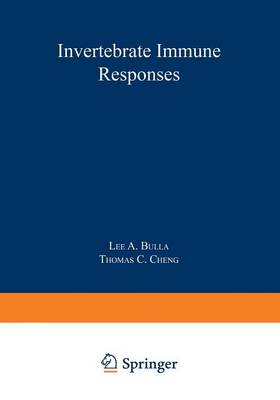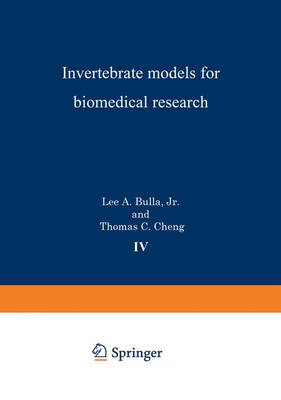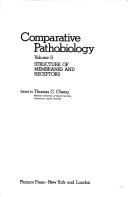Comparative Pathobiology
4 primary works
Book 3
This represents the third volume of the series entitled Comparative PathobioZogy. The chapters included represent the proceedings of a symposium held at Oregon State University, Corvallis, on August 16-22, 1975. The symposium was co-sponsored by the Society for Invertebrate Pathology (SIP) and the American Society of Zoologists (ASZ). In recent years there has been an impressive increase in interest in comparative immunology, i. e. , a comparative approach to understanding how animals, both vertebrates and invertebrates, defend themselves against nonself materials. Ever since Metchnikoff's pioneering studies during the late l800s on the role of phagocytes of invertebrates, which led to his theory of cellular immunity, invertebrates have been employed with increasing fre quency for studying cellular defense. Consequently, it is not surprising that included in the memberships of SIP and ASZ are a large number of individuals with an active interest in this area of research. As indicated by the chapters included in this volume, the animal models employed have been primarily molluscs and insects, although crustaceans and annelids have also been popular.
Book 4
Invertebrate Models for Biomedical Research
by Lea A. Bulla and Thomas C. Cheng
Published 1 January 1979
On August 21-26, 1977, two symposia were included in the program of the 10th Annual Meeting of the Society for Invertebrate Pathology held at Michigan State University, East Lansing, Michigan. One was entitled "Invertebrate Models for Biomedical Research" organized by Dr. Thomas C. Cheng, and the second, organized by Dr. Robert S. Anderson, was entitled "Cellular and Humoral Reactions to Disease by Invertebrate Animals." When the final manuscripts of the speakers were received, it became apparent that all of the papers were so closely related that the editors decided that they should be combined and published in a single volume of Comparative Pathobiology under the subtitle of Invertebrate Models for Biomedical Research. This volume is the result. We hope that volume four will provide the reader further insight into the complexity and comprehensiveness of pathobiology. Pathobiology encompasses not only the study of pathologic conditions but also the biology of causative agents and response reactions.
Book 5
Structure of Membranes and Receptors
by Guan Ang Cheng and Thomas C. Cheng
Published 29 February 1984
Book 7
Invertebrate pathology, like medical and veterinary pathology, for many years has been spearheaded by practical applications al though in more recent times many investigators have elected to focus their attention on basic mechanisms and the elucidation of basic phenomena. Although Elie Metachnikoff and Louis Pasteur may be considered the forerunners of invertebrate pathology, in modern times the late Edward A. Steinhaus and the late Arthur M. Heimpel, among others, must be considered the principal disciples. Con sequently, in recent years several symposia have been organized in honor of the memory of Steinhaus and Heimpel. When the proceedings of these occasions were examined and reviewed, it was decided that these could naturally be considered chapters of a single volume of Comparative Pathobiology under the subtitle selected. We wish to note that the chapters devoted to various aspects of Bacillus thuringiensis were originally presented at the thirteenth annual meeting of the Society for Invertebrate Pathology held in Seattle, Washington, on July 26 - August 2, 1980, under the title of the "Edward A. Steinhaus Memorial Symposium". This includes the contribution by Dr. Robert M. Faust on the professional contributions of Dr. Arthur M. Heimpel. Art, as he was known to his friends, was a founding member of the Society and later served as its president. The circle of his professional associates was international.



